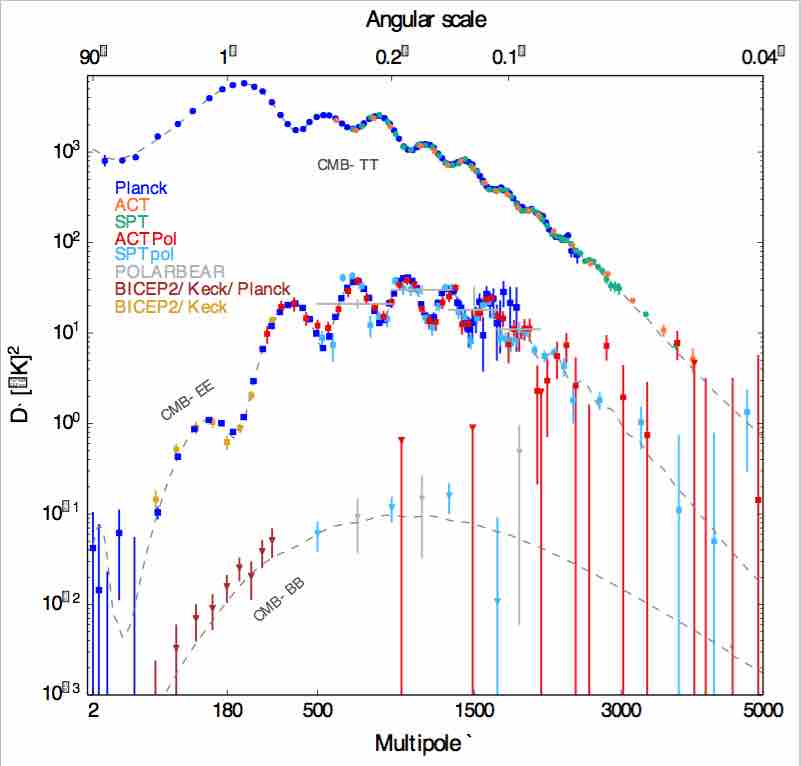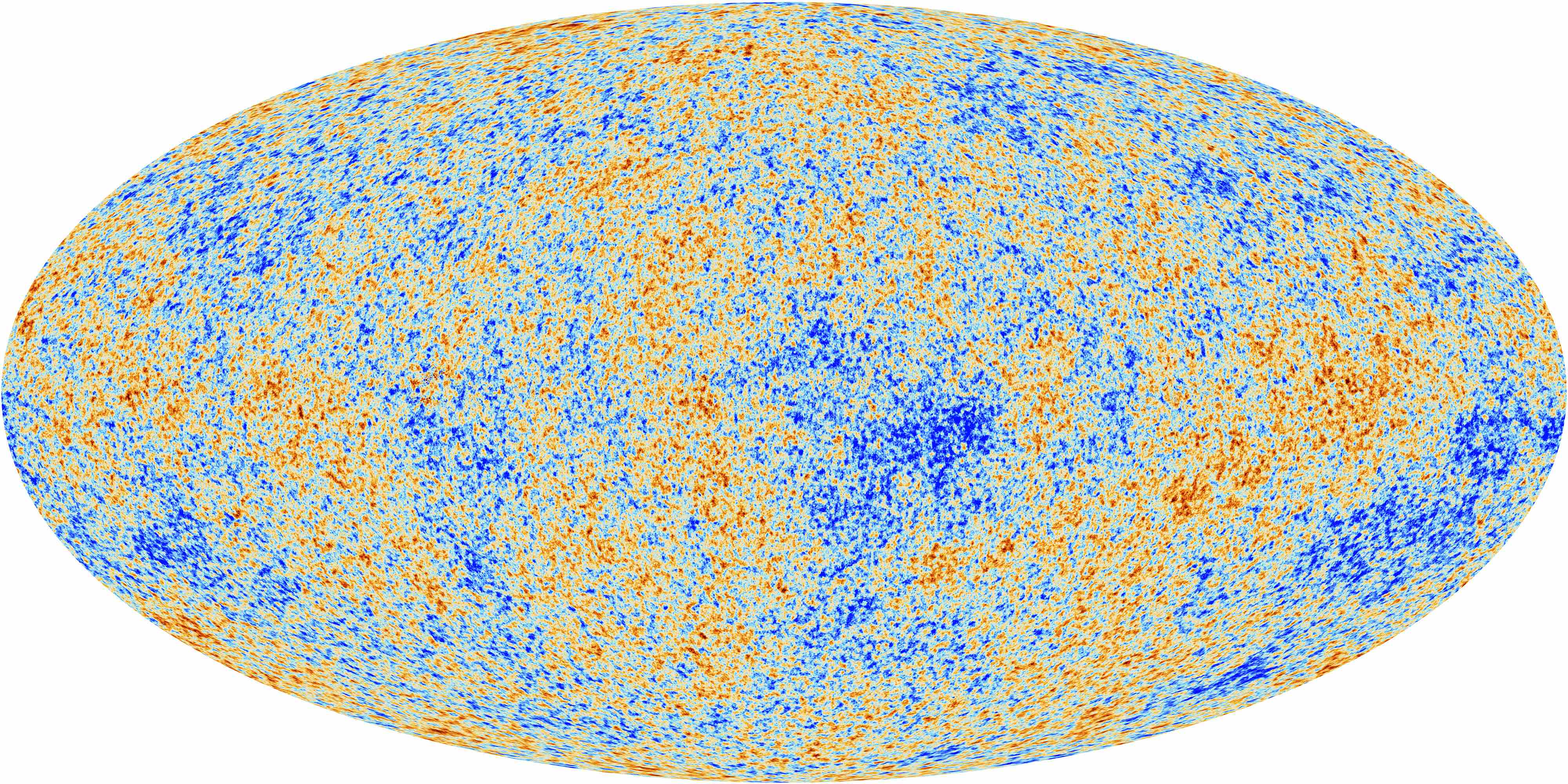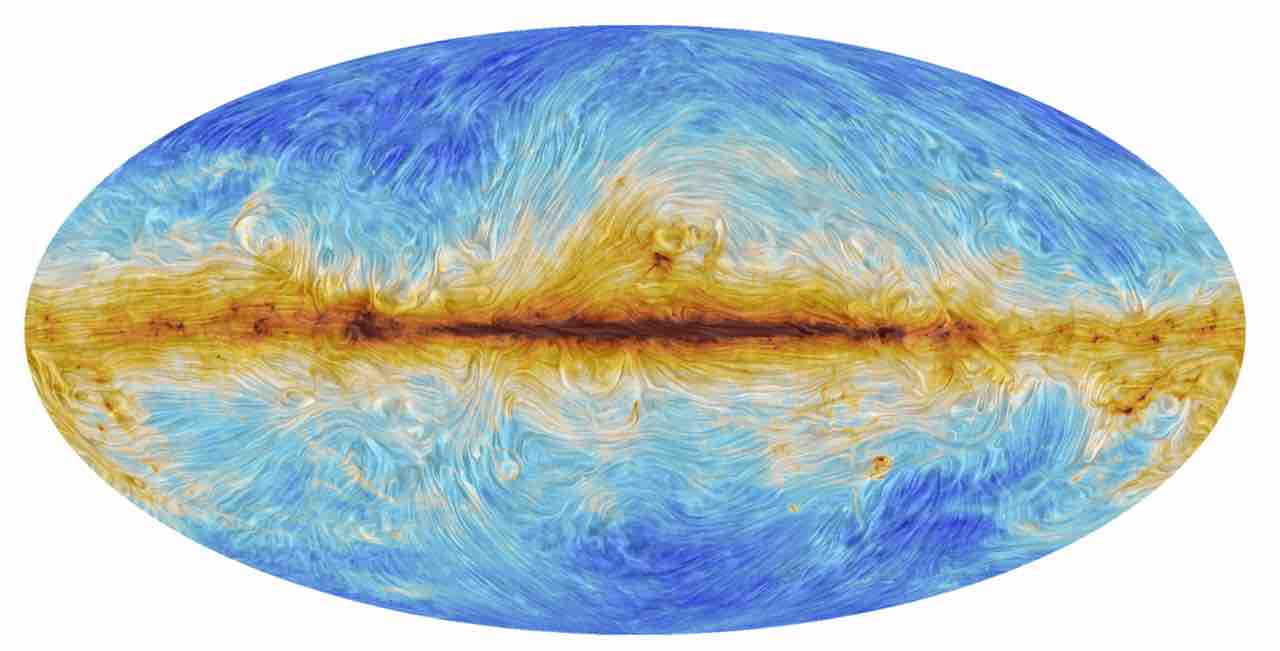|
Now
that plank ends, the CMB community is turning to new, very ambitious
projects over the next 20 years, with (as prime objectives) better
constraints on the Physics of the primordial universe (including
inflation). To do this, we try to measure the imprint of the primordial
gravitational waves (on Mode B polarization), but also by tightening
the constraints on the logarithmic slope of the spectrum of the
primordial scalar fluctuations, as well as the possible deviations from
such a power law. It is also matter to constrain the physics of
neutrinos (number and mass), the best current constraints on the total
mass of the three families of neutrinos are based on the CMB (<0.23
eV to 95% CL). Moreover, with the CMB as a source plane, it is possible
to map the distribution of the dark matter (more than what is done for
example with Euclid, which is very complementary for a tomographic
approach). The necessary knowledge of foregrounds will also
impressively improve the Physics of clusters of galaxies, by the
detection of the Sunyaev-Zel'dovich effect in a very complementary way
with the measurements of X-ray emission, as well as of that from the
interstellar medium of our Galaxy, and mainly its magnetic field. There
are also other projects to improve the knowledge of the black body
spectrum by a factor of one thousand, by seeking expected distortions,
with a richier Physics.
|
|
|
These
scientific themes are based on the expected measures from the balloon
projects (eg Bside in France, LSPE in Italy, SPIDER in the USA, UK and
Canada), satellite projects (LiteBIRD for a launch in 2025, CORE + Proposed
in M5 to ESA during the year for a launch in 2027-2028, the project
PIXIE - Primordial Inflation Explorer - to measure the spectrum for a
launch in 2022), plus all ground experiments (mainly in USA ACT, SPT, BICEP2/Keck Array, CLASS, POLARBEAR / Simons Array, QUIJOTE, QUBIC, Simons Observatory, CMB-S4,… etc. in
Europe), which are in the phase of deploying thousands of detectors on
the sky with telescopes between 1 and 10mn. The next phase (planned),
which aims to deploy some 500 000 detectors on the sky by 2025, will be
worldwide and the European community will have to take a significant
part in it. |
 |
|













 Home page
Home page  Program
Program
 Registration
Registration
 Participants
Participants
 Venue/Travel
Venue/Travel